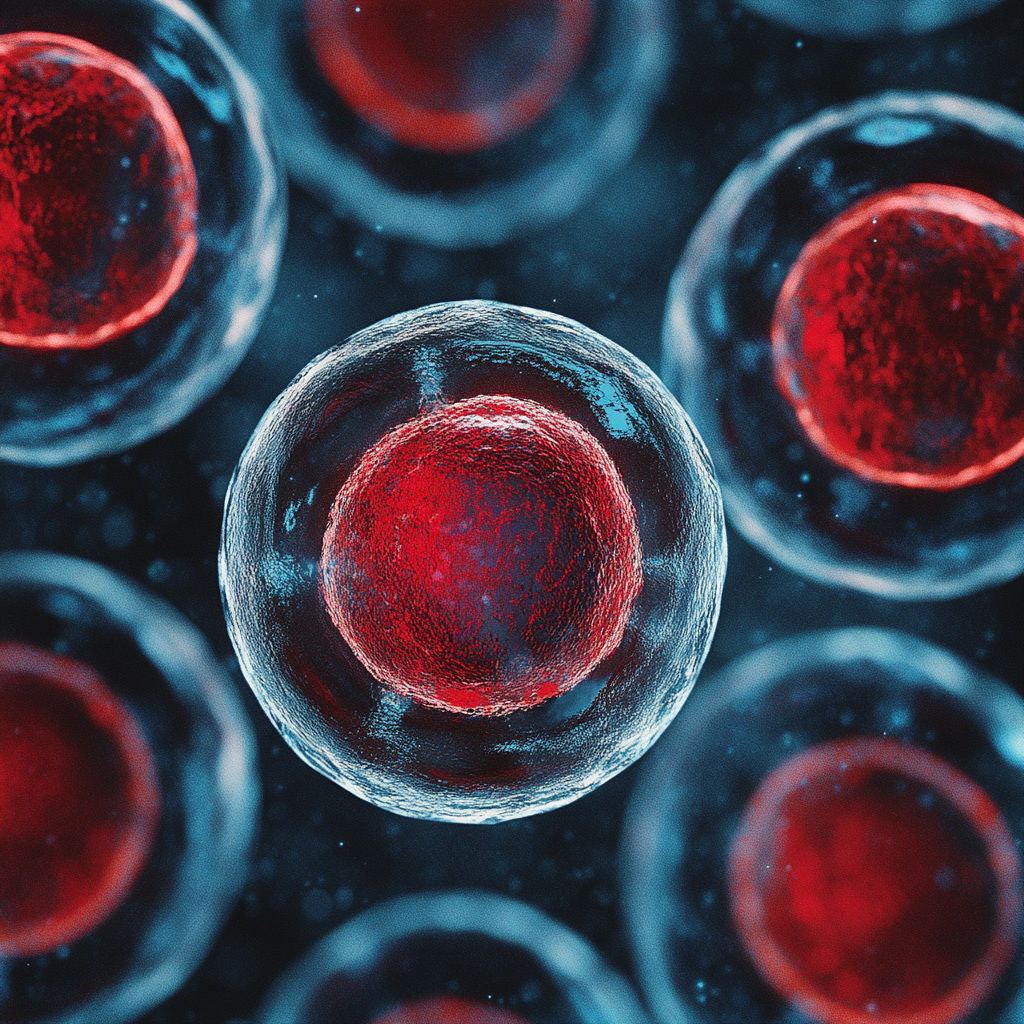Clinical Trials
Category Added in a WPeMatico Campaign
-

The potential effects of cinnamon, cumin, and Rosuvastatin on lipid profile among Iraqi patients with dyslipidemia
CONCLUSION: Conclusions: The study provides evidence that indicates the cumin, cinnamon both have antihyperlipidemic effect but less than Rosuvastatin in dyslipidaemia patients. It can be used as an adjuvant treatment with other drugs to decrease triglyceride, cholesterol, low density lipoprotein and increase high density lipoprotein levels.
-

Next-Day HIV Viral Load Test Result and Linkage to Care Among Persons Living With or at Risk of HIV: A Randomized Clinical Trial
CONCLUSIONS AND RELEVANCE: In this randomized clinical trial assessing the effects of HIV VL test results on LTC, providing a next-day HIV VL test result did not change LTC overall. More data are required to ascertain whether a rapid point-of-care HIV VL test would improve LTC.
-

Adoption of plasma D-dimer testing, color Doppler ultrasound, and enoxaparin sodium in predicting and preventing lower extremity deep vein thrombosis in high-risk parturients undergoing cesarean section
This study aims to explore the clinical value of plasma D-dimer (D-D) testing, color Doppler ultrasound, and enoxaparin sodium in predicting and preventing lower extremity deep vein thrombosis (DVT) in high-risk parturients undergoing cesarean section. Eighty-six high-risk parturients were randomly rolled into an observation (Obs) group and a control (Ctrl) group (86 cases each). Ctrl…
-

Multicenter open prospective randomized study on the efficacy and safety of Canephron N in preventing recurrences of uncomplicated lower urinary tract infection in women
CONCLUSION: Evidence has been obtained supporting the therapeutic efficiency of Canephron N in the combination treatment and prevention of recurrent UTIs. A positive trend was observed toward improved treatment outcomes and reduced recurrence rates in real clinical practice among patients with uncomplicated cystitis receiving the herbal product in combination with antibiotic therapy.
-

Cost-Utility Analysis and Value-Based Pricing of Digital Therapeutics for Pulmonary Rehabilitation in Chronic Respiratory Disease: Economic Evaluation Based on a Randomized Controlled Trial
CONCLUSIONS: DTx for pulmonary rehabilitation demonstrated the cost-effectiveness compared with standard treatment. These findings support its potential for improving outcomes in patients with chronic respiratory disease and provide a pricing framework to facilitate its integration into health care systems.
-

Hormonal mechanisms of women’s risk in the face of traumatic stress
Women are underrepresented in biomedical research, limiting understanding of their disproportionate rates of stress-related disorders. Although men experience more trauma, women are twice as likely to develop posttraumatic stress disorder (PTSD). We tested whether ovarian hormones contribute to this disparity via their influence on threat-related brain activity. In a randomized, double-blind crossover study of 110…
-

Digital Cognitive Behavioral Treatment for Generalized Anxiety Disorder: A Randomized Clinical Trial
CONCLUSIONS AND RELEVANCE: In this randomized clinical trial, DCBT provided significant and sustained benefits to adults with GAD. Given the limitations in access to empirically supported CBT, an efficacious DCBT program has clear potential for public health benefit.
-

Effectiveness and cost-effectiveness of a multimodal, physiotherapist-led, vocational intervention for people with rheumatoid arthritis or axial spondyloarthritis and a reduced work ability: a randomized, controlled trial
To evaluate the (cost-)effectiveness of a physiotherapist-led, multimodal vocational intervention compared to usual care in adults with rheumatoid arthritis (RA) or axial spondyloarthritis (axSpA) experiencing reduced work ability. (Self-)employed people with RA or axSpA and reduced work ability were randomized to a 12-month vocational intervention or usual care. Assessments were conducted at baseline, 3, 6,…
-

Comparison of unilateral biportal and percutaneous endoscopic discectomy in treating far lateral lumbar disc herniation
CONCLUSION: Our study results suggest that UBE is a viable alternative to PELD for treating FLLDH, offering comparable clinical outcomes with reduced radiation exposure.
-

Effect of self-acupressure on fatigue and sleep quality in patients with multiple sclerosis: A randomized controlled trial
CONCLUSION: Self-acupressure was proven to reduce fatigue levels and improve sleep quality in adults with multiple sclerosis. In conclusion, self-acupressure is an accessible, cost-effective, and efficacious technique for alleviating fatigue and enhancing sleep quality in patients with multiple sclerosis.